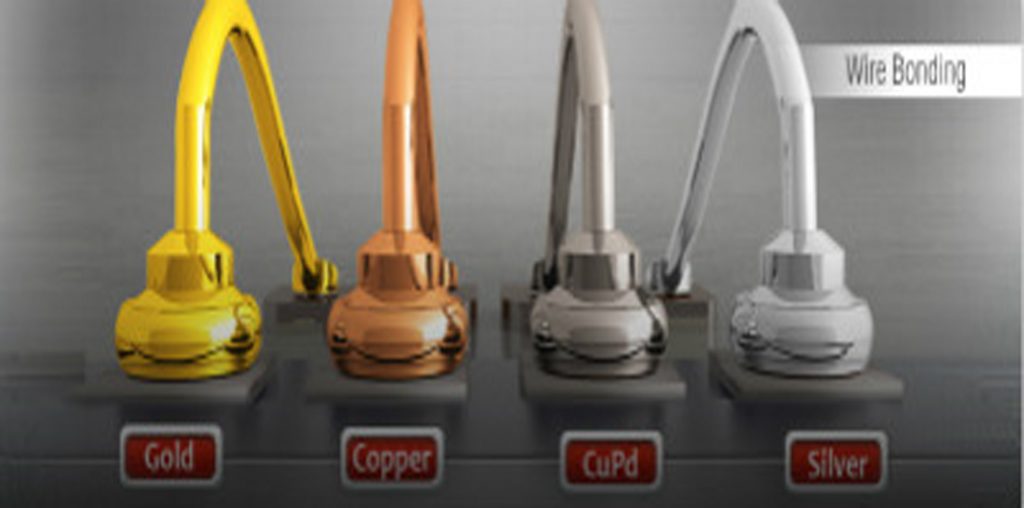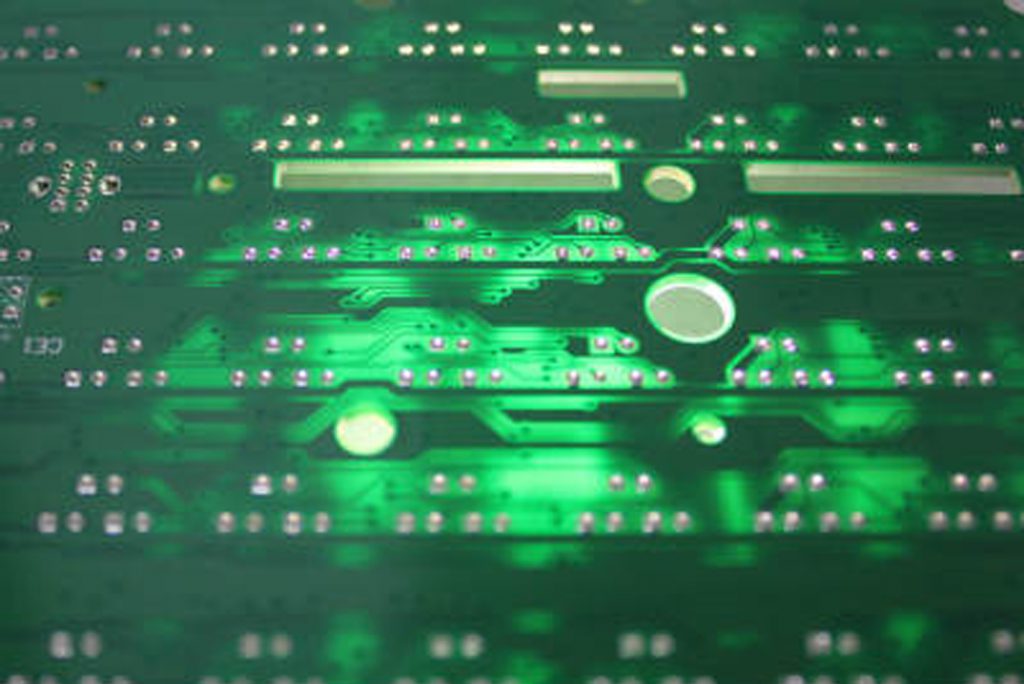LEDs – How to Verify The Quality
Yes, we are talking about LEDs for “LED displays” only.
Everybody knows the importance of “LEDs” to “LED displays” – it is the source. However, to verify LEDs’ quality is not as easy as to understand the importance. When you perform due diligence to the possible suppliers, you may receive answers such as “14 mil”, “Epistar”, or “Nationstar”. The difficult thing is how do you know their corresponding optical performance and the reliability in long term, the more difficult thing is how do you know if the led display manufacturers really use their claimed one.
To know it better, it requires to conduct a lot of tests, with the aid of professional instruments. Unfortunately, it’s not performed well and enough, even for many led display manufacturers.
To this situation, our suggestion is (only when you believe the potential supplier is trustworthy) asking about the “wire-bonding”.

Yes comparatively, a good question is – Are the LEDs with Gold wire bonding?
Although “Gold wire” is not equal to high quality LED, and there are arguments of “Copper wire” is better due to higher thermal and electrical conductivity, “Gold wire” is still the best indicator to high quality LEDs. Why?
No matter where you buy LED displays, there is pretty good chance that the LEDs are packaged in China. LED packaging companies in China grade the products conventionally according to the chips quality. High grade chips are with Gold wire bonding, and better packaging material & technology for higher – end markets & customers.
So eventually Gold wire bonding LEDs tend to be quality higher.
If you still doubt, we would like to conduct a test to your samples and show you how the LEDs really performs. The purchasing of led display may take longer than you expected, but it worths the efforts because it’s not a small investment, and you need a trouble free performance.
LED Display’s PCB – How to Verify The Quality
PCB (Printed Circuit Board) is crucially important and can decide greatly led displays’ quality, efficiency, reliability and durability, especially when led displays are used for outdoor led electronic signs and digital billboards.
But how to verify the quality? Here is an easy way:
First you need a light source. If you have a flashlight, it would be perfect. If not, don’t worry, just turn on your mobile phone’s.
Next you will shine the flashlight under the PCB you are inspecting, and check from the other side.
Here is the result:
- If the PCB transmit light – you would know it’s a 2 – layer PCB which doesn’t meet the tech requirement for outdoor led signs’ and digital billboards’ application.

- If the PCB doesn’t transmit light – congratulations, you get multi-layer PCB which should be good for led displays under outdoor environments & conditions.
PCB’s quality is decided by other factors for example of copper foil thickness. But when a led display manufacturer adopt multi-layer PCBs to their products (considering especially it’s a point very “commonly ignored” for most customers), it can greatly indicate they are not “cutting corner”. And their led displays tend to be good quality.
Conversely, you have to be aware of possible failures (and sometimes very terrible) in future, even when the led displays’ you are inspecting show perfectly at the beginning.
LED Display’s PCB – Why You Should Pay More
Attention
Printed Circuit Board (PCB) mechanically supports and electrically connects components using conductive tracks, pads and other features. If we compare PCB’A function to a busy urban traffic, PCB would be the road infrastructure.
It is the foundation of led display’s quality, efficiency, reliability and durability.
However, when buy led displays, many customers’ due diligence to PCB is not performed enough.
It is also a usual way for the manufacturers who make low cost and inferior led displays, to “cut corner” with using bad quality PCBs.
Their screens may seem good too at the beginning, but would not work properly in just one year or less.
As a result of terrible price competition, to reduce cost, currently many manufacturers use 2 copper layer PCBs, and with very thin copper foil.
It is acceptable to big pitch indoor led displays, but in the case of outdoor fixed led displays, it is gambling!
The PCBs of outdoor led displays are exposed to thermal changes of their working environment. Due to different CTE (coefficient of thermal expansion) between copper and PCB substrate (which is usually FR-4 glass epoxy), the copper expands and contracts 1/4 less than substrate, inducing cyclic fatigue in the copper on circuit traces and vias.
Too thin copper on circuit traces and vias will eventually crack and result electrical open.
And it usually happens months (or even longer) after the installation, and massively!
PCB’A to Led Display
What components and parts would you inquire into, to predict the general performance of a led display? LED, driver IC, or switch power supply? The best answer is PCB’A.
As the abbr. of Printed Circuit Board Assembly, PCB’A means a process, and is also widely understood as the finished board with all related components & parts assembled.
In led display product, PCB’A refers to the module board with LEDs, driver ICs, resistors, capacitors, and connectors assembled, which is fully electrically & electronically functional.
As the “core” of led display, PCB’A covers design, material selection, processing craft and quality control all the aspects.
Excellent PCB’A relies on high quality and solid components, however, which are not enough.
Only with scientific analysis to each material’s characteristics, adopting and processing them in the best way, can achieve the goal.
